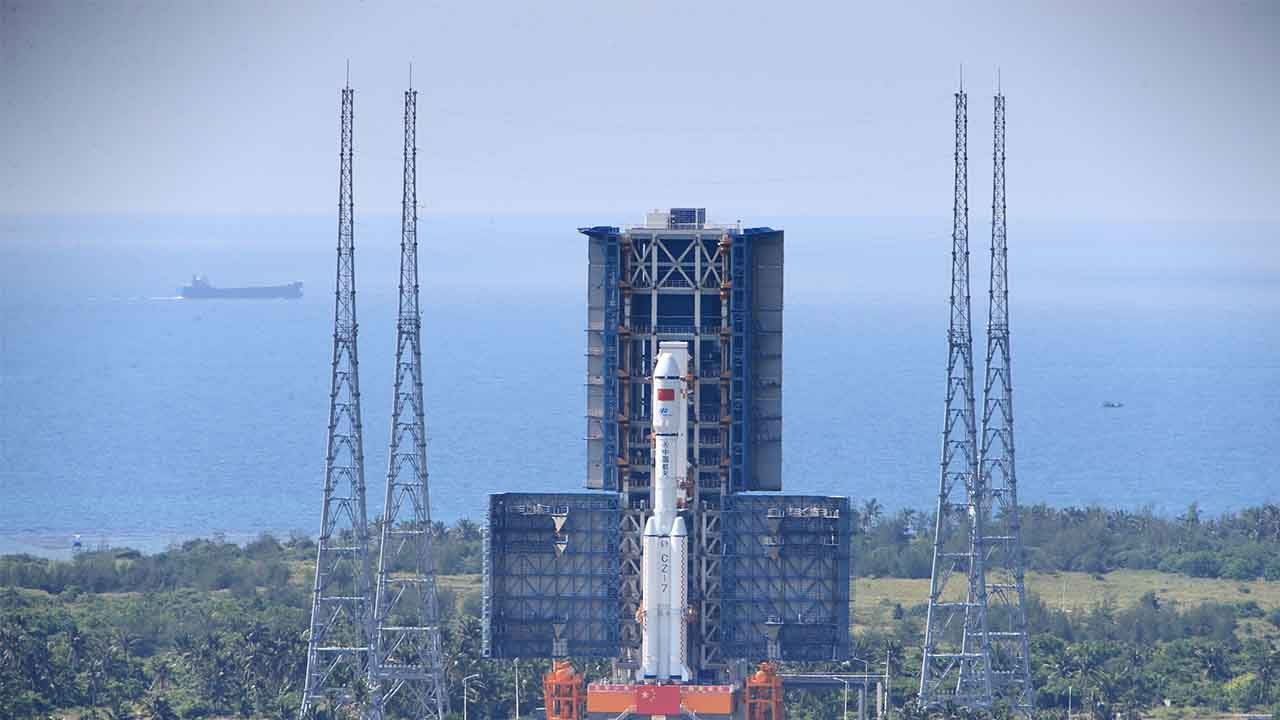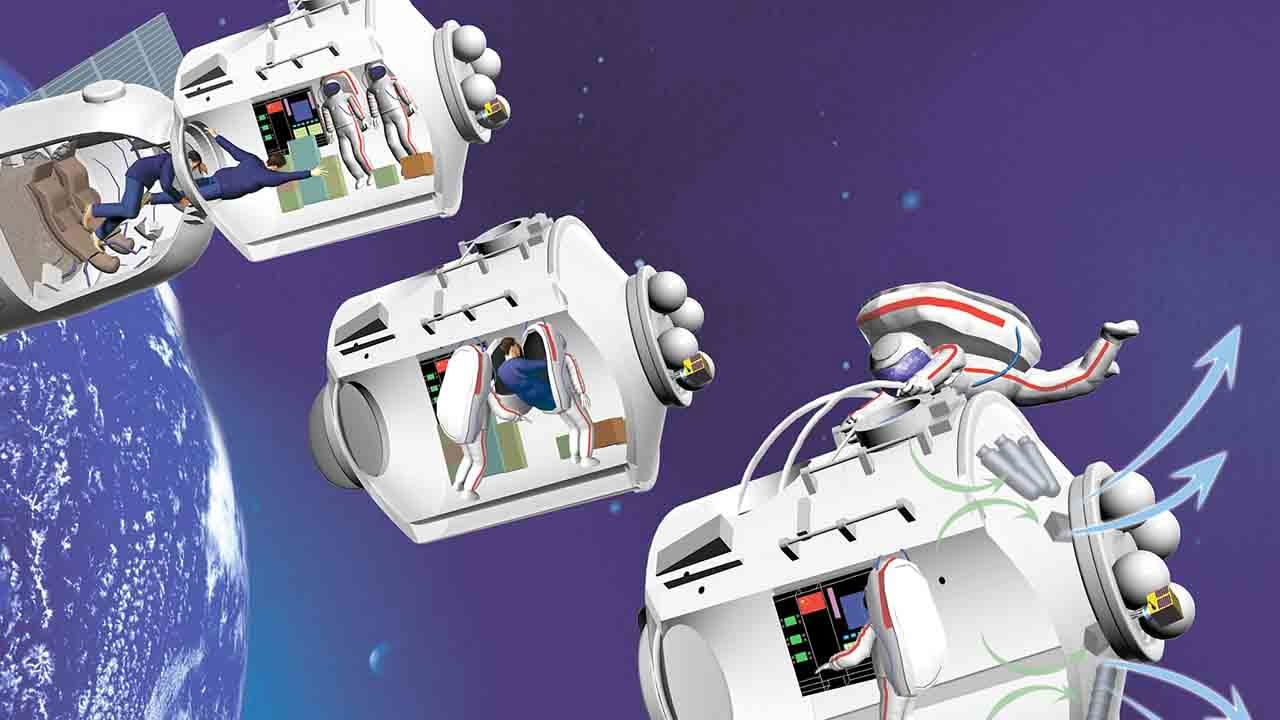
Tech & Sci
17:55, 20-Apr-2017
The three phases for realizing China's manned space dream

Since the 1990s, China has established and pursued its three-step strategic plan for realizing its manned space program. The upcoming mission of the Tianzhou-1 cargo spacecraft brings the country even closer to completing a major step forward.
The first phase of China's plan was straightforward - getting Chinese astronauts into outer space. There they would conduct space flights and numerous missions, and would ultimately return home safely. The Shenzhou-5 and 6 missions marked major accomplishments in the first phase.

VCG Photo
VCG Photo
Phase two saw yet another breakthrough. Key technologies were developed for extravehicular activities, while a rendezvous docking mission was completed in outer space. The second phase also called for a space lab for short-term applications involving humans to be deployed. This was duly accomplished with four missions, from the Shenzhou spacecraft series 7 to 10. In September 2016, the launch of the Tiangong-2 space lab saw China acquire the practical experience and technological know-how needed to conduct long-term space missions.

VCG Photo
VCG Photo
However, challenges still remain. Re-supplying and fueling the space lab in orbit are still tasks that need to be ironed out.
The upcoming launch of the Tianzhou-1 cargo craft will kick of the final mission of the second phase of China's manned space program. It is expected to re-supply the Tiangong-2, while leading China into its third and final phase.
The third phase, which is due to start in 2020, is to assemble and operate a fully-functioning space station. By then, China will have conducted numerous long-term space walks, missions and much more. The country's experience in carrying out technological experiments in orbit will also have developed. But most importantly, China's achievements will be shared by all, as these steps forward will further contribute to mankind's ever-lasting desire for space exploration.

SITEMAP
Copyright © 2018 CGTN. Beijing ICP prepared NO.16065310-3
Copyright © 2018 CGTN. Beijing ICP prepared NO.16065310-3